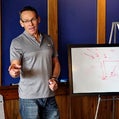Improve your Speed & Endurance by Dropping Some Body Fat

One of the most frequent questions I get asked is how to improve speed and endurance on the bike and my answer is always "drop some body fat". When you carry around unwanted body fat, your muscles have to work harder to complete the same amount of work. Fat insulates your body which makes you over-heat, another energy robbing component to your riding and racing. When you decrease your body fat, you immediately improve your VO2 Max number (a sports science number that dictates your ability to utilize oxygen, the higher the number, the better). Here are four simple steps to decreasing your body fat.
Four Ways to Decrease Body Fat
1. Weight training is the key to weight loss. Building a foundation of lean muscle will provide you fat burning centers found in the muscle spindle cells that is created and enhanced with loadbearing exercises like strength training.
2. Feed your gains with protein. People often skip protein intake immediately after they exercise, thinking that they will save 200 to 300 calories. However, a high-quality shot of protein – specifically amino acids, will accelerate lean muscle growth and muscle repair post exercise. The more lean muscle you build the more efficient you are at burning body fat.
3. Determine your physical and mental limiters by completing a strength and cardiovascular assessments (sport specific). Establish specific goals and objectives for the next three, six, and 12 months that will help you eliminate your physical limiters. Research indicates that eight workouts per month is the minimum required to stick to a fitness plan. The more frequently you exercise, the better the odds are that you that your initial effort will turn into a habit. Being mentally focused will help you maintain your motivation levels.
4. If you have been away from training (i.e. off season, illness or injury), ease back into strength training and cardiovascular fitness slowly. Many people try to resume or pick up where they left off when they exercised in the past. This only results in excessively sore muscles, stressed joints, and a negative mental outlook on working out. When you begin your strength exercises, choose a load level that's extremely easy to lift for 8 to 10 reps for two sets. Complete that same amount of weight and reps for three weeks to allow your body adequate time to adjust and adapt (I refer to this as the Anatomical Adaptation Stage). For your cardiovascular exercise, keep your duration less than 30 minutes and keep your intensity low – you should be able to pass the talk test, which is where you could talk to someone else or sing to yourself while exercising without becoming winded.
If you have any questions or need anything clarified, please don't hesitate to post a comment below. Until next time, Train Smart, Not Hard!
-Coach Robb

If you'd like to follow my blog, click the "follow this blog" button in the upper right.
-
 1
1



6 Comments
Recommended Comments
Join the conversation
You are posting as a guest. If you have an account, sign in now to post with your account.
Note: Your post will require moderator approval before it will be visible.